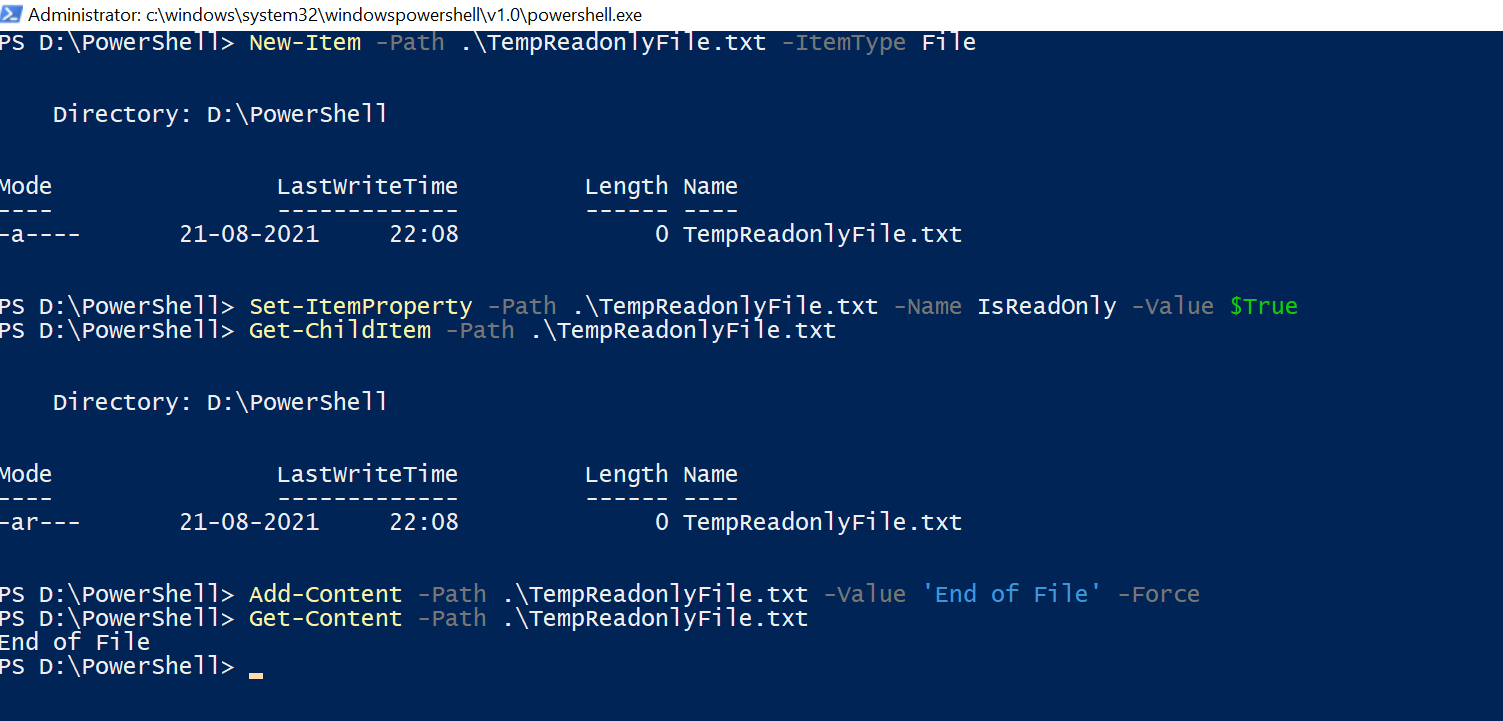

However, the Windows PowerShell script you create to process the files will terminate with an error if either the input or output path is incorrect, so you might need to check if the files and folders still exist before you run your script. Once you have a list of files that might contain sensitive data, you might want to move them to a secure location. For instance, the PowerShell script provided above will findall files that have “Payroll” in their name, and the Get-ChildItem -path command restricts the search to a specified folder and its subfolders. If you need to look for a set of sensitive files, you might want to automate the process with Microsoft PowerShell scripts to save time. However, this approach takes a lot of time, so it is useful mainly when you need to check whether a single file exists. To maintain security and compliance, IT pros need to regularly search for files that might contain sensitive data and that are stored in improper locations. One method is to find files manually using Windows Explorer.
Powershell get file details how to#
The example below shows how to detect if the $profile variable leads to a directory or a file: Note that you can use environment variables with the test-path statement. Test-Path -Path "C:\Shared\Accounting\*" -Include *.xlsx
Powershell get file details code#
xlsx extension, run following code on your computer: To determine whether there are any files in C:\Shared\Accounting\ with the.$checkpath = 'C:\Shared\Accounting\Payroll 2016-2017.xlsx' To check whether a file exists, run the following script, specifying the filename in the $checkpath string:.However, the Windows PowerShell script you create to process the files will terminate with an error if the path is invalid, so you should check whether the files and folders still exist before you run it. Get-ChildItem -Path $searchinfolder -Filter $filename -Recurse | % $searchinfolder = '\\pdc\Shared\Accounting*' $filename = '*payroll*.*'#you can use wildcards here for name and for extension In the $filename variable, specify a string that might indicate the file contains sensitive data, and for $searchinfolder, specify the directory or folder to search in. Open the PowerShell ISE → Create a new script using the following code.How to Find a File and Check If It Exists with Powershell or Netwrix Auditor.


 0 kommentar(er)
0 kommentar(er)
